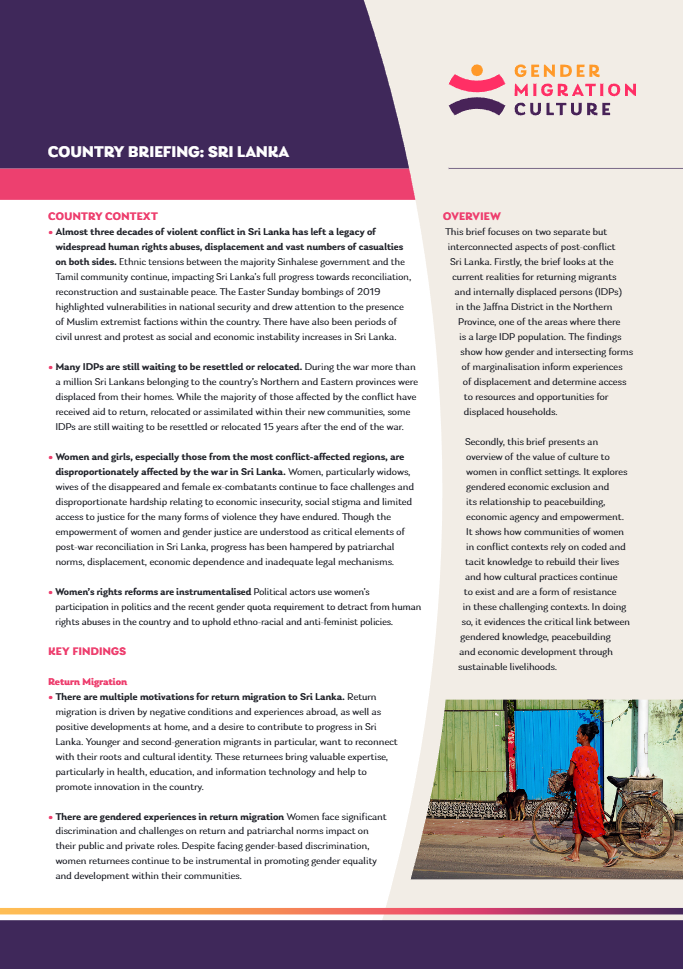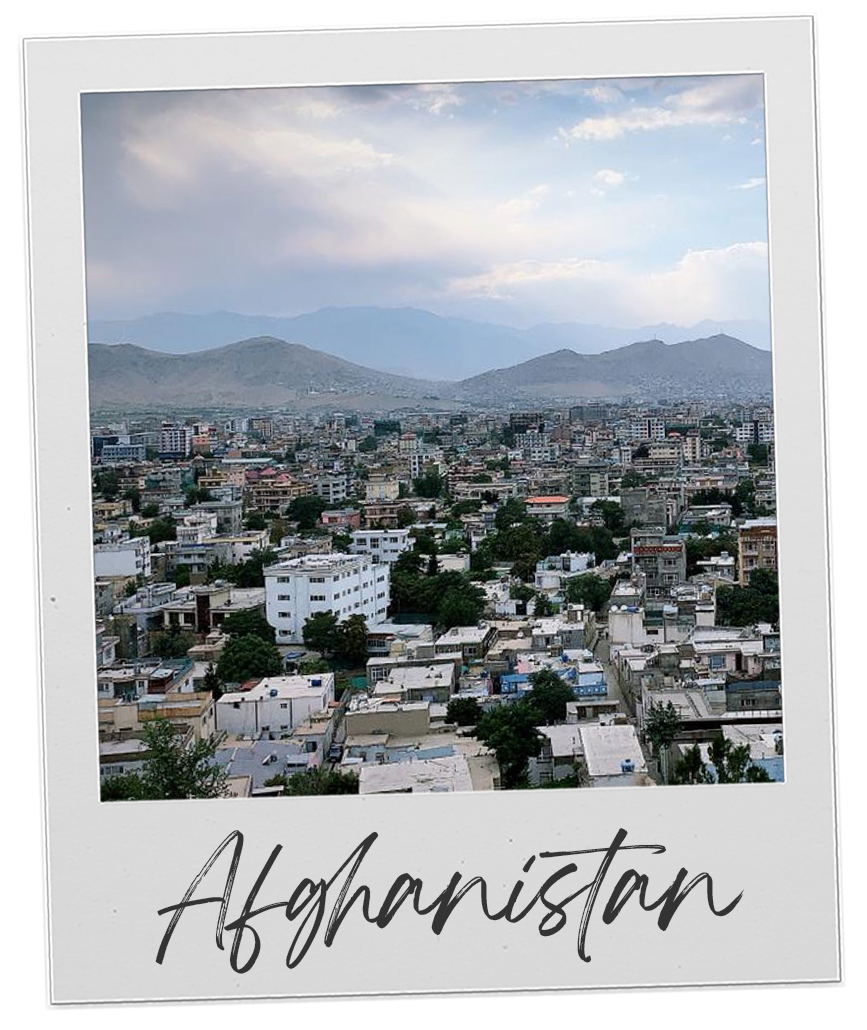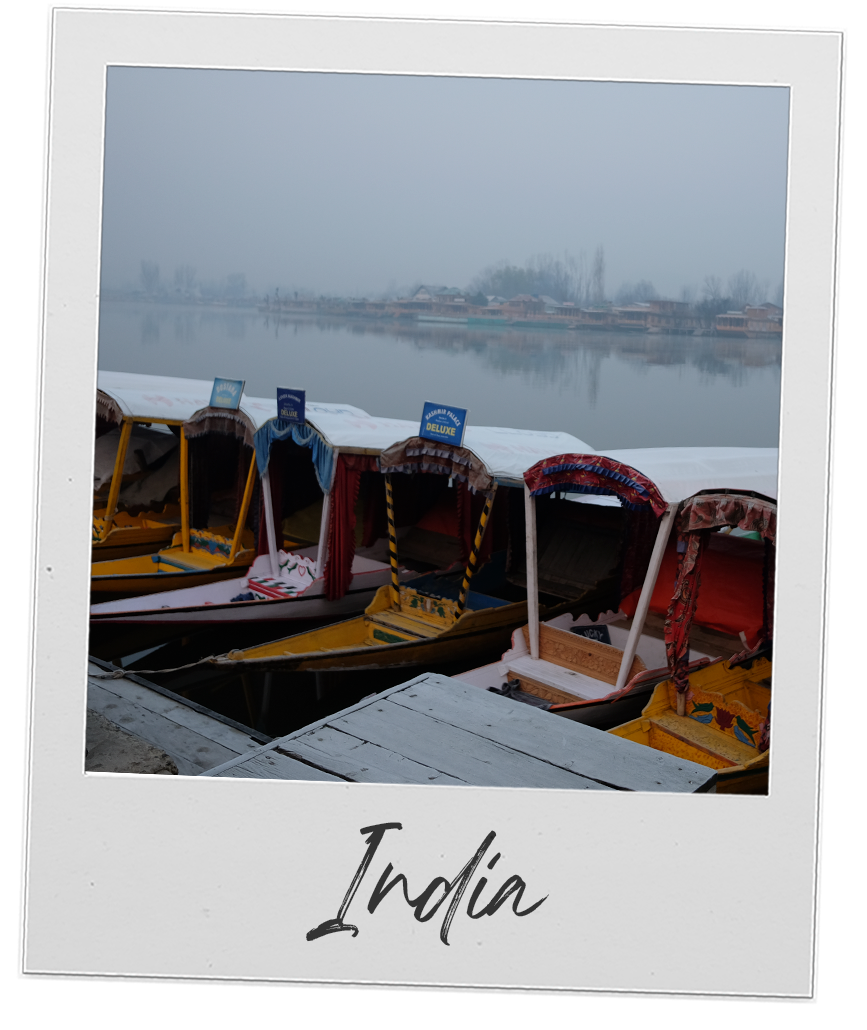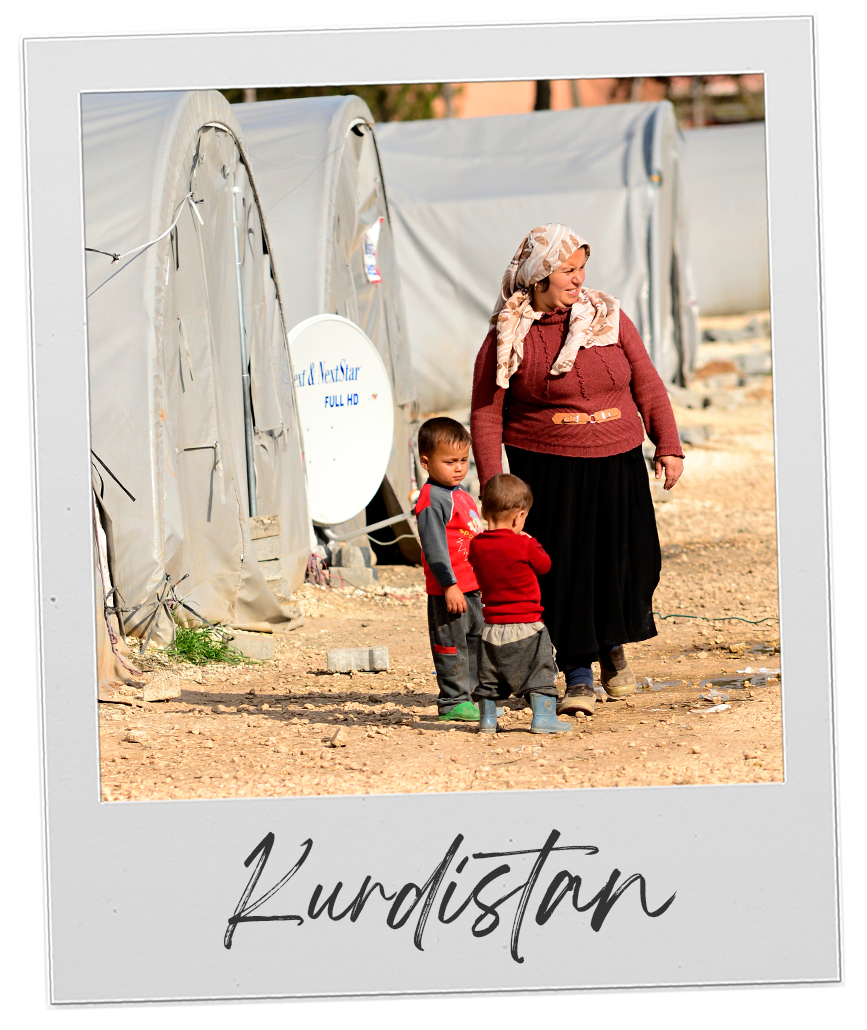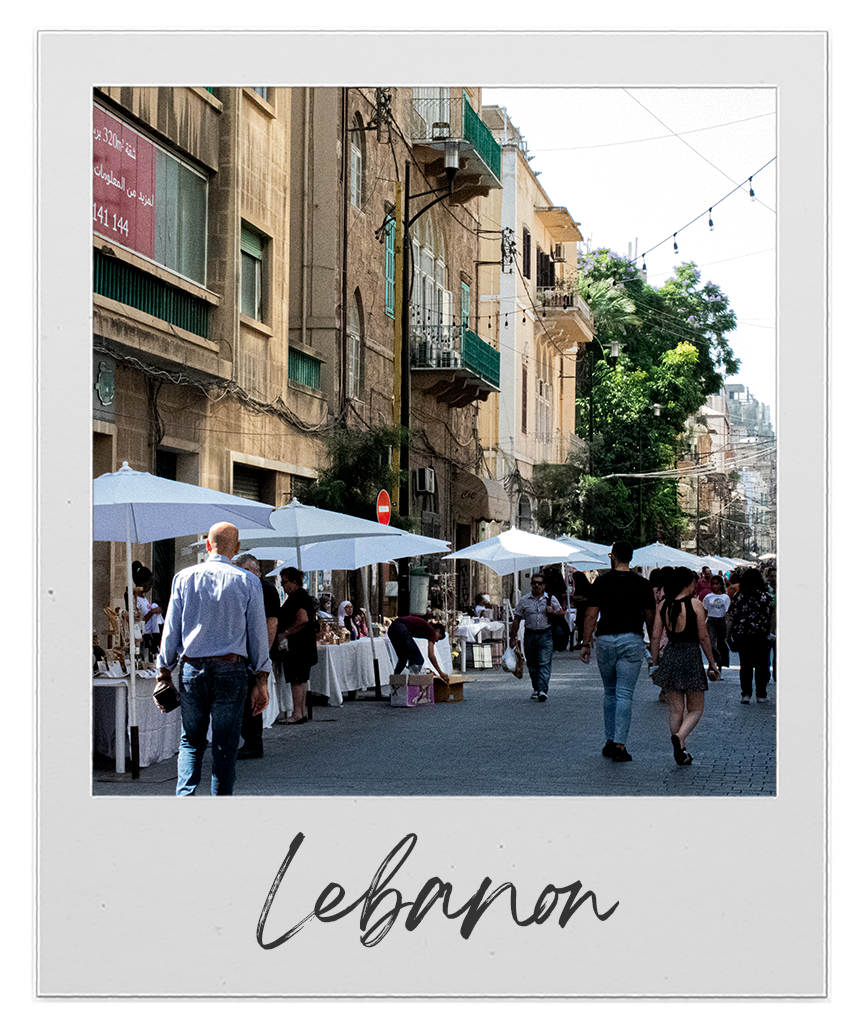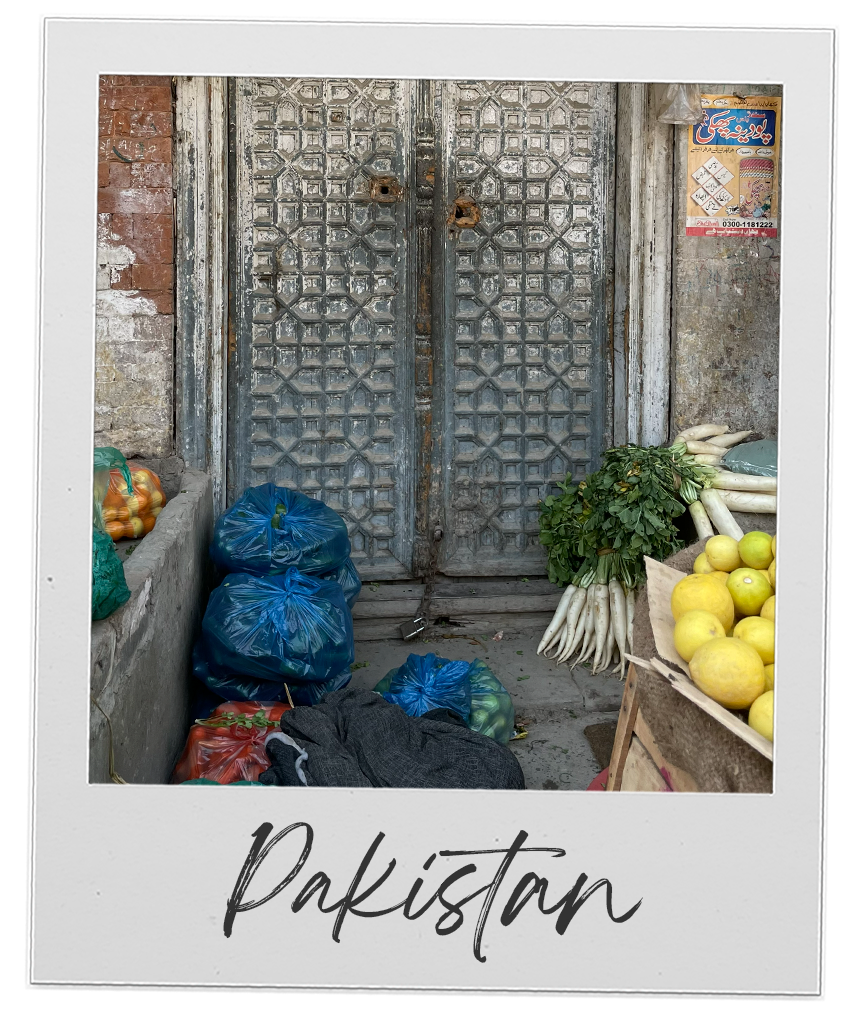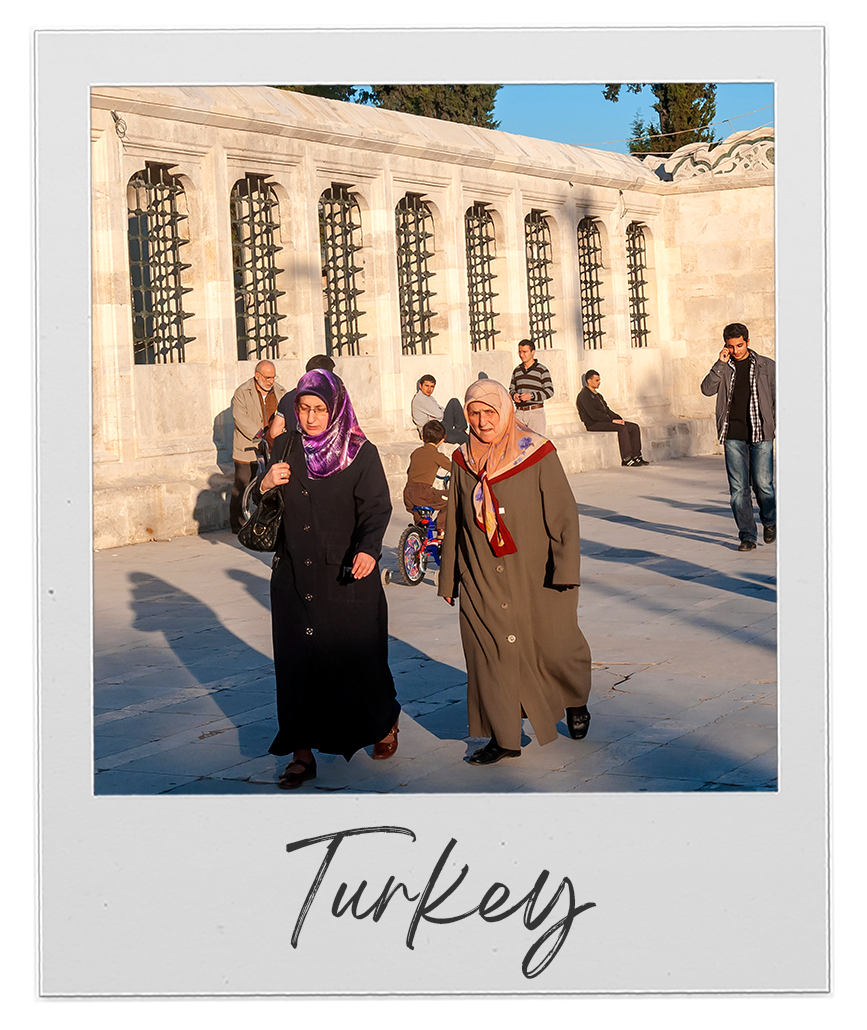Sri Lanka
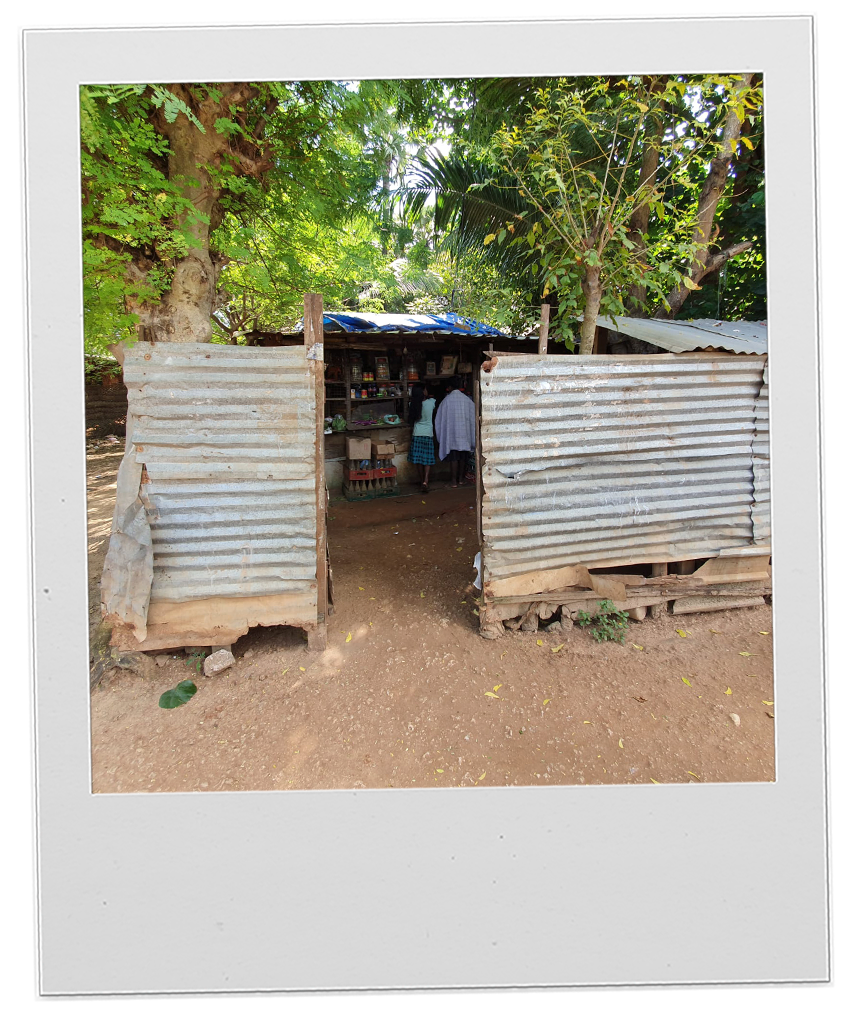
Gender and forced displacement
During the war more than a million Sri Lankans belonging to the country’s Northern and Eastern provinces were displaced from their homes. While the majority of those affected by the conflict have received aid to return, relocated or assimilated with their new communities, some IDPs are still waiting to be resettled or relocated many years after the end of the war.
The research consisted of a survey of displaced to better understand how gender features in their lives and how it structures their experiences as well as their current living conditions, finances, asset ownership, safety and security concerns, access to services, social networks and relationship with other and the host community, and water, sanitation and hygiene issues they face.
What we found
Reasons for displacement
The root causes for the protracted displacement and the resultant economic and social issues faced by the IDPs are the result of limited economic and livelihood opportunities. In Sri Lanka, this is coupled with the reluctance of IPDs to accept alternative land proposed by the Government for economic reasons linked to the quality/fertility of alternative land offered; the insufficiency of land and housing grants by the Government; and a lack of livelihood opportunities in areas where alternative land is offered.
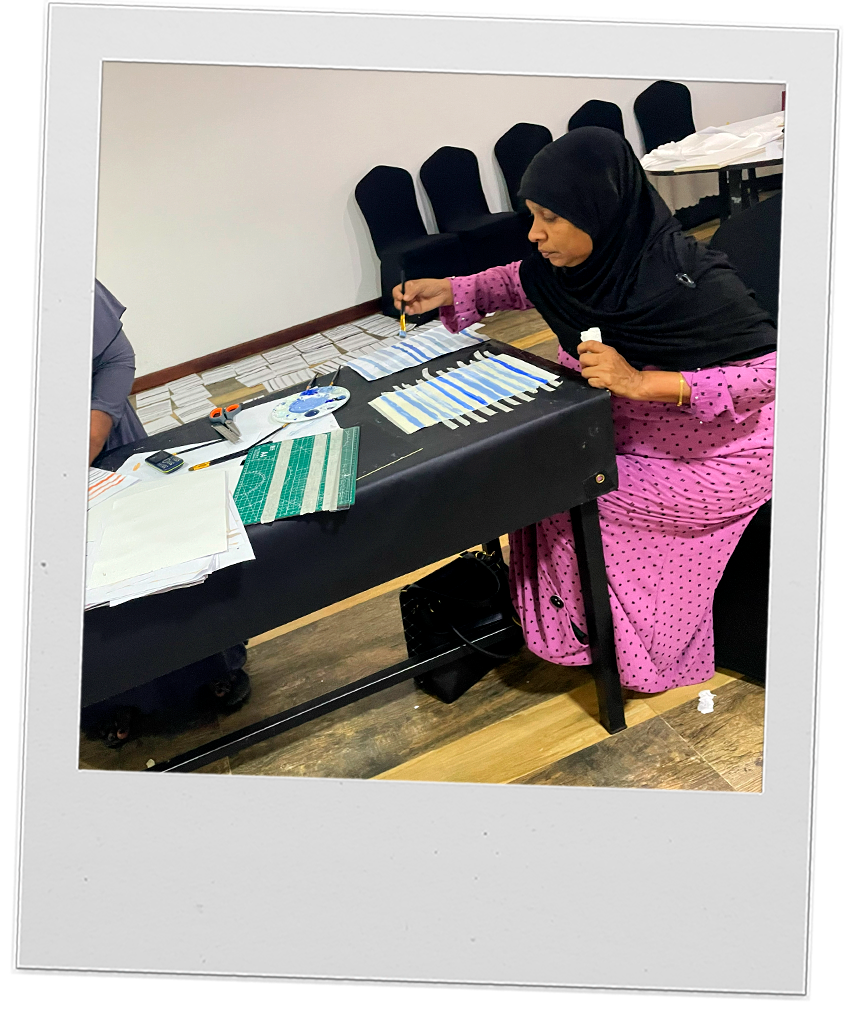
There are multiple factors preventing IPDs from returning home, principally access to the land they own. A key reason why many IDPs are unable to return to their hometowns/villages is that land in those towns and villages is located in high-security zones which are out of bounds for them. Other reasons include lack of livelihood opportunities, their home is no longer liveable, delays in assistance and poor access to services to enable them to return home.
Gendered disparities
There are significant disparities in the ways men and women have experienced protracted displacement over the years. One of the key differences between male and female respondents’ experiences is with regard to household finances. The average income of female-headed households is half of that of the male-headed households. This has aggravated the poverty levels among female-headed households as indicated by the much larger proportion of female-headed households reporting that their income is not sufficient to cover household food expenses.
One hundred and thirty respondents (65 men and 65 women) stated that they had witnessed no sexual harassment in their neighbourhood, while the others (90) indicated that they experience sexual harassment. Women’s most common measure to avoid being sexually harassed was to travel as a group. The most common measure taken by men is to avoid travelling after dusk.
Culture and conflict
The research took place in the context of rising violent extremism that led to the 2019 Easter bombings in Sri Lanka. It brought people together that would likely never be around each other through the “peer committees of women” developed by AWAW, the NGO partner. Through workshops, craft making and ongoing dialogue, peer committees of women have become the weavers of Batticaloa.
There has also been little written about Sri Lanka’s arts and crafts that maps current practices and their status since the late eighties. Cultures where practices of making are central are often invisibilised due to being part of the everyday. Very often this is supplemented by gendered understandings of making and attached low status labour constructions.
What we found
Erasure of knowledge
Women in training sessions were engaged in deeper, meaningful learning as the design of the project captured their lived reality. However, traditional knowledge – both embodied and tacit – is being erased through generational change. This is exacerbated by the political and economic crisis in the country. These practices are often remembered with fondness but shifting access to cheaper raw material from outside Sri Lanka, are slowly replacing this knowledge and techniques. The regional relationships for trade in Sri Lanka includes supply chains from India and China within the creative sector. Very often this is damaging for the local eco system as chemical dyes, sold at cheaper prices, and easier to access are used by craft makers.
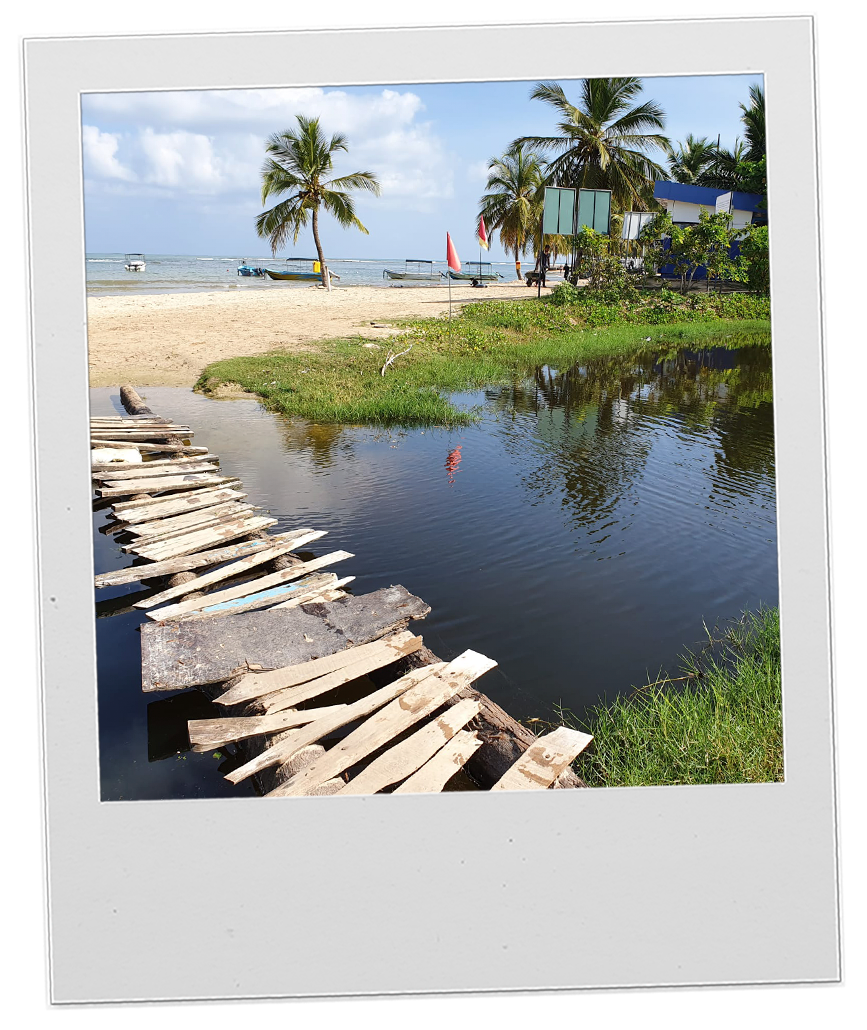
Craft and peace making
Sri Lanka has peer committees of cross-cultural contexts, who have worked together to build peace and mend the social fabric that has been under stress since the war and post the Easter Bombings. These women use craft making as method to build bridges between communities impacted by war and violence.
Working within craft making and culturally significant and valued practices, builds and supports the collective Sri Lankan identity. It provides a democratic and equal space for women irrespective of their individual identities. The training workshops in Sri Lanka productively engaged communities living within conflict and promoted inter-communal understanding and healing whilst simultaneously bolstering economic stability. Future peace and economic dialogue should be integrated with ongoing conversations about identity and culture.
Resources
Economic Impact of the COVID-19 Pandemic on Sri Lankan Migrants in Qatar
As of 5 July 2020, Qatar has the second-highest number of Covid19 cases in the Gulf Corporation Council (GCC) region with almost 100,000 cases, and the highest per capita rate of Covid19 in the world. Even though extensive contact tracing and testing by the Government of Qatar have helped to keep the country’s fatality rate […]
Covid-19 Pandemic and the Labour Migrants in the Gulf Cooporation Council (GCC) Region
As of May 15 2020, the six Gulf Corporation Council (GCC) countries; namely Saudi Arabia, the United Arab Emirates (UAE), Qatar, Oman, Kuwait, and Bahrain have recorded approximately 118,739 cases of Covid-19 forcing GCC governments to take drastic measures from restricting economic activities to lockdowns to control the spread of the virus. These containment measures […]
Gender and Forced Displacement in Humanitarian Policy Discourse: The Missing Link
This paper reports on a study that examines how gender has been referenced in United Nations (UN), supranational and state documents on forced migration over the past 40 years. It is motivated by the premise that humanitarian protection discourses reflect broader institutional priorities and ideologies and may therefore expose gaps that reveal the relative importance given […]
Sri Lanka country briefing
This brief focuses on two separate but interconnected aspects of post-conflict Sri Lanka. Firstly, the brief looks at the current realities for returning migrants and internally displaced persons (IDPs) in the Jaffna District in the Northern Province, one of the areas where there is a large IDP population. The findings show how gender and intersecting […]
Gender and Displacement in Jaffna, Sri Lanka: Survey of Internally Displaced Persons, 2020
This report presents the preliminary results of a household survey of internally displaced persons (IDPs) in Jaffna District in Northern Province, one of the areas that still has a large IDP population. The main focus of this survey conducted in October 2020 employing Covid-19 safety protocols was to examine the gendered experiences arising from protracted […]
Gender and Displacement in Jaffna, Sri Lanka: Survey of Internally Displaced Persons
The aim of this report is to understand and analyse the living and working conditions of migrant domestic and care workers in Istanbul through several themes, such as drivers for migration, living/working experiences and practices, and migrant women’s spatial mobility in the city. Based on migrant women’s own narratives, this report also discusses the impacts […]
Sri Lanka Country Briefing
This brief on Sri Lanka from the Gender, Justice and Security Hub looks at the country context, including issues such as the violet end to the civil war, challenges with the peace and progress, and ongoing security risks. Women and girls, especially those from the most conflict-affected regions, were disproportionately affected by the war in […]
